Takamaro Kikkawa
Small Distance Increment Method for Measuring Complex Permittivity With mmWave Radar
Mar 19, 2024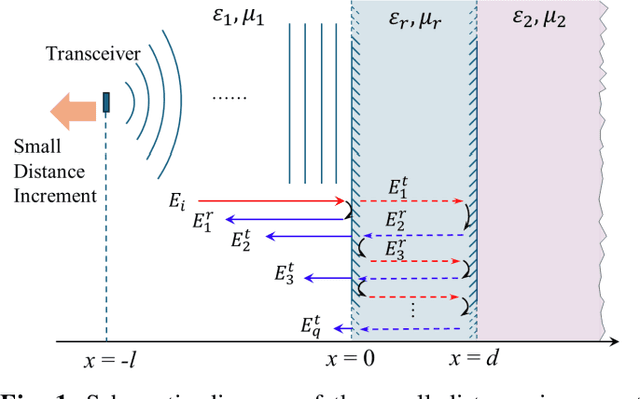
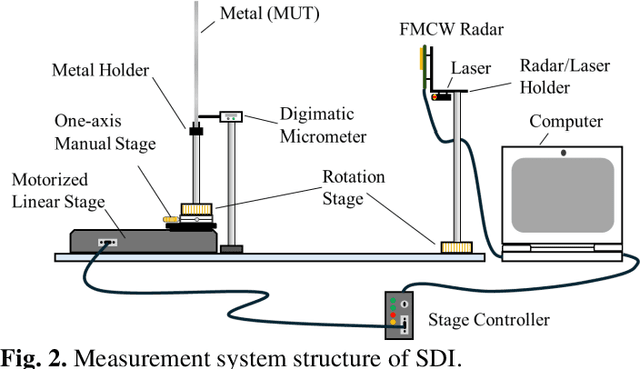
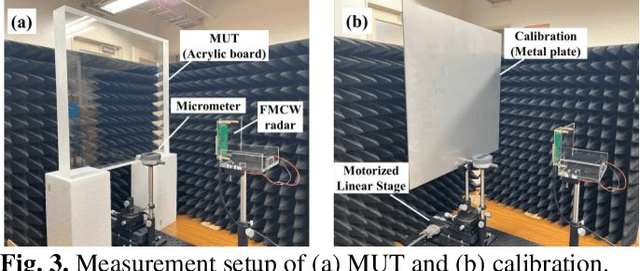
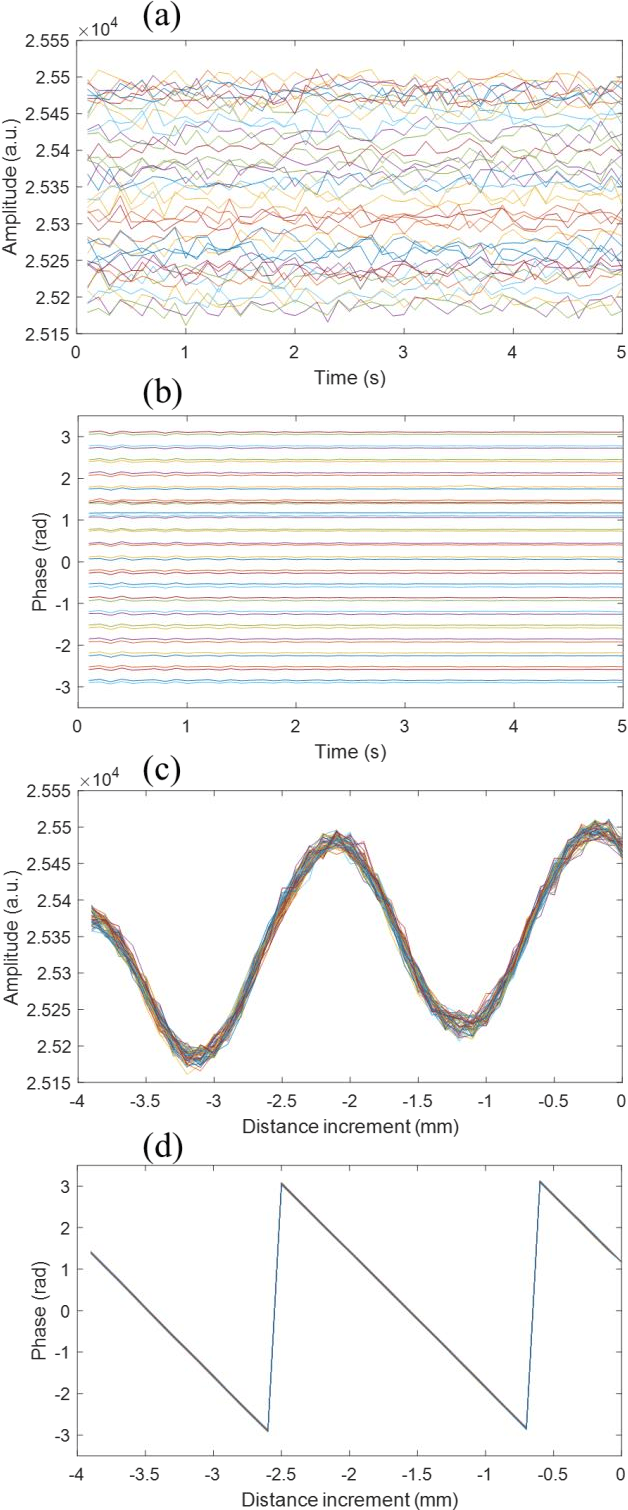
Abstract:Measuring the complex permittivity of material is essential in many scenarios such as quality check and component analysis. Generally, measurement methods for characterizing the material are based on the usage of vector network analyzer, which is large and not easy for on-site measurement, especially in high frequency range such as millimeter wave (mmWave). In addition, some measurement methods require the destruction of samples, which is not suitable for non-destructive inspection. In this work, a small distance increment (SDI) method is proposed to non-destructively measure the complex permittivity of material. In SDI, the transmitter and receiver are formed as the monostatic radar, which is facing towards the material under test (MUT). During the measurement, the distance between radar and MUT changes with small increments and the signals are recorded at each position. A mathematical model is formulated to depict the relationship among the complex permittivity, distance increment, and measured signals. By fitting the model, the complex permittivity of MUT is estimated. To implement and evaluate the proposed SDI method, a commercial off-the-shelf mmWave radar is utilized and the measurement system is developed. Then, the evaluation was carried out on the acrylic plate. With the proposed method, the estimated complex permittivity of acrylic plate shows good agreement with the literature values, demonstrating the efficacy of SDI method for characterizing the complex permittivity of material.
RSSI-CSI Measurement and Variation Mitigation with Commodity WiFi Device
Mar 24, 2022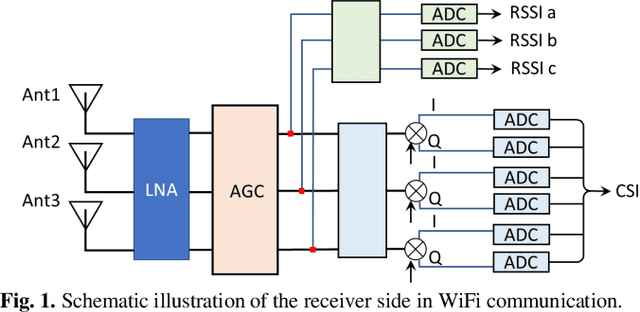
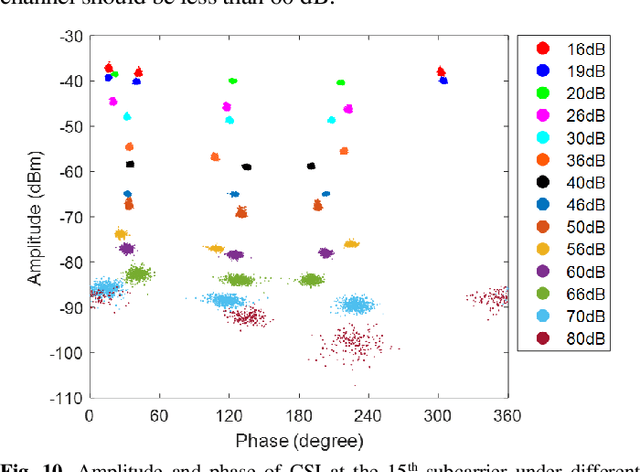
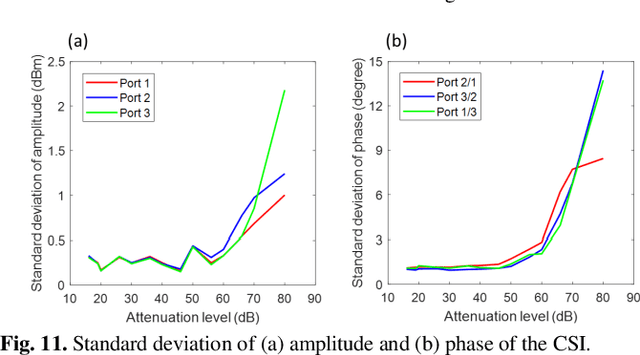
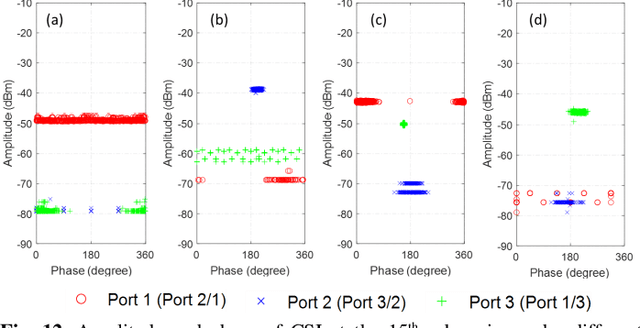
Abstract:Owing to the plentiful information released by the commodity devices, WiFi signals have been widely studied for various wireless sensing applications. In many works, both received signal strength indicator (RSSI) and the channel state information (CSI) are utilized as the key factors for precise sensing. However, the calculation and relationship between RSSI and CSI is not explained in detail. Furthermore, there are few works focusing on the measurement variation of the WiFi signal which impacts the sensing results. In this paper, the relationship between RSSI and CSI is studied in detail and the measurement variation of amplitude and phase information is investigated by extensive experiments. In the experiments, transmitter and receiver are directly connected by power divider and RF cables and the signal transmission is quantitatively controlled by RF attenuators. By changing the intensity of attenuation, the measurement of RSSI and CSI is carried out under different conditions. From the results, it is found that in order to get a reliable measurement of the signal amplitude and phase by commodity WiFi, the attenuation of the channels should not exceed 60 dB. Meanwhile, the difference between two channels should be lower than 10 dB. An active control mechanism is suggested to ensure the measurement stability. The findings and criteria of this work is promising to facilitate more precise sensing technologies with WiFi signal.
 Add to Chrome
Add to Chrome Add to Firefox
Add to Firefox Add to Edge
Add to Edge